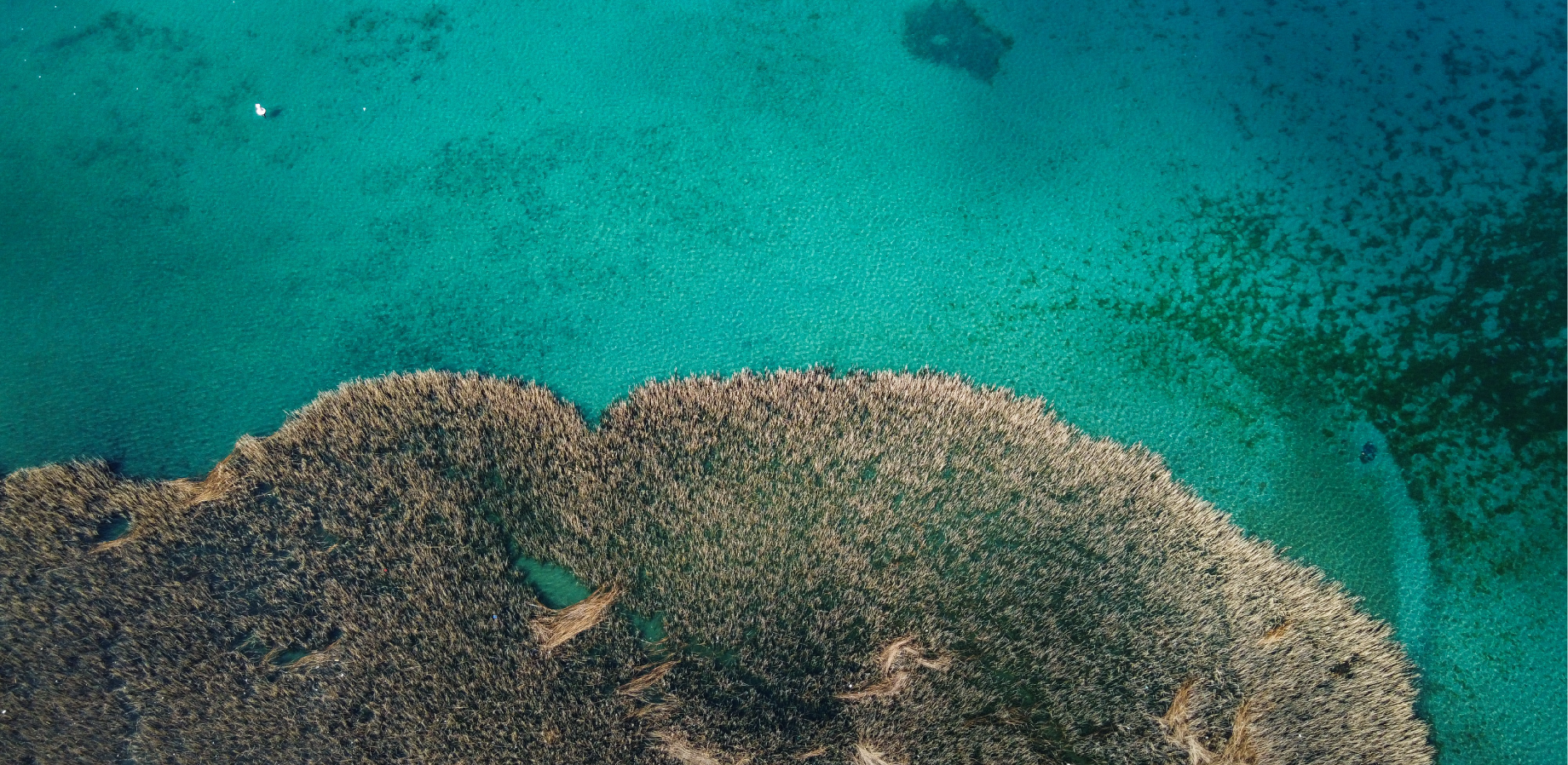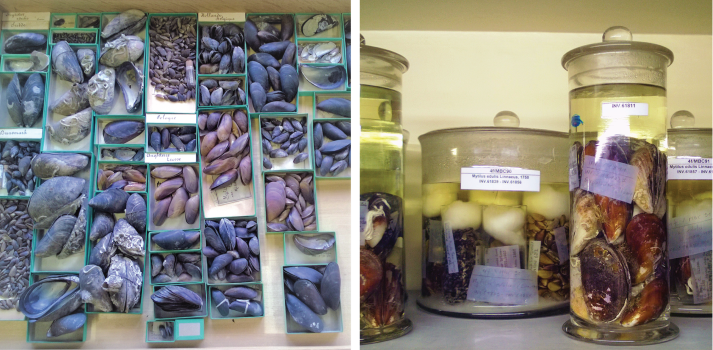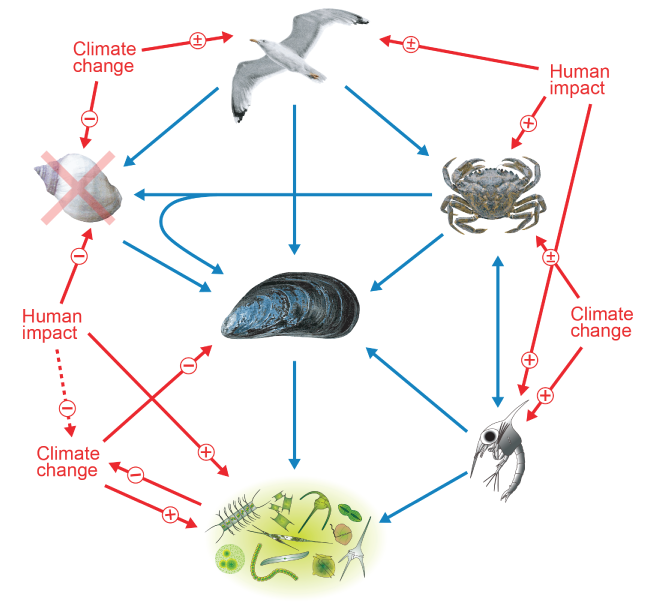
Submitted by Dr C.M. Martin-Jones on Mon, 30/11/2020 - 15:02
The humble blue mussel is fighting to protect itself from environmental change and increased predation by building itself a thicker shell. The unexpected phenomenon, tracked by researchers through generations of museum specimens, shows that climate change can have complex localized impacts that cannot be predicted by global experimental models.
The blue mussel Mytilis spp. is a foundation species. It creates unique habitats that support hundreds of organisms along exposed rocky shorelines, as well as being a key economic resource for the aquaculture industry. And yet the blue – or common – mussel familiar to dinner plates and rockpools is widely thought to be threatened by climate change.
“There is no doubt that mussels are at risk of ocean warming and acidification – but we have also found that it depends where these changes are happening. Local human activities and environmental change can overlap with warming, resulting in unpredicted changes to communities of species” said Dr Luca Telesca, lead-author of the new study in Global Change Biology, who conducted the research whilst a PhD student in the Department of Earth Sciences and British Antarctic Survey.
Predictions of how the species will fair under climate change are mostly based on a combination of global climate change models and laboratory experiments simulating the ocean acidification caused by the uptake of anthropogenic CO2 emissions.
“We’ve shown that museum collections like the one we studied, which spans more than a century, are also important for understanding how ecosystems respond to climate change at a community level” said co-author Professor Liz Harper, from the Department of Earth Sciences.
Telesca studied 268 specimens, which had been collected regularly from a 15-km long section of the Belgian coastline between 1904 and 2016.

Each of these museum specimens contains encoded information about the environmental and ecological conditions whilst the mussel was living. Image credit: Luca Telesca.
“The results were surprising” said Telesca, “we saw an increase in shell production and thickness over the last 100 years, contradicting global predictions for mussels. It was even more unexpected when we found that environmental change wasn’t entirely responsible”.
“From previous research on mussels we know that, for a 1oC rise in temperature, shell thickness should increase by roughly 2-3%. But what we observed over the last century, when temperatures increased by up to 3oC, was actually a 57% increase in thickness” said Telesca.
So what else was causing shell thickness to increase? It turns out surface temperatures were affecting mussels – just in a more indirect way.
Warming, coupled with nutrient-rich runoff from intensive farming, has led to the local success of decapods – crustaceans like crabs – over the last three decades. Seagull numbers in the North Sea have also soared dramatically.
“It’s a common problem now, particularly in the North Sea, that seagulls are switching from scavengers to predators. Warming and urbanization mean there are more seagulls, but because of overfishing and reduced bycatch they have to grab easily-accessible food like mussels” said Telesca.

Interactions between blue mussels beds with primary producers (phytoplankton), and primary (decapods larvae), secondary (decapods, dog whelks) and tertiary consumers (seagulls) along the Belgian coast; and the direct and indirect effects of external climatic and human impacts on the blue mussel network (re-drawn from Telesca et al. 2020).
“What we are seeing is the mussels are clearly compensating for this shift in the number and type of predators – they are building thicker shells as protection” said Telesca.
Both decapods and seagulls prise open mussel shells mechanically, and some seagulls even use tools or drop them from a height and get access to the flesh.
Dog whelks, a natural predator of the blue mussel, became locally extinct in the 1970s with the use of Tributyltin - a pesticide painted onto ships hulls. In contrast, whelks use a chemical reaction to bore down into the shells of their prey.
The team were also able to discount the impact of other environmental factors on shell growth, including ocean acidity – which, in contrast to global trends, has been stable along the Belgian coast over the last few decades.
Although the team observed a local increase in primary productivity, recent work on mussels from different latitudes shows that food supply only increases shell thickness in juveniles and not the adults involved in the study.
“Our work highlights the importance of archival data in anticipating emergent impacts of climate change, its only with long term data that we can really start to understand how communities are responding to environmental change” said Harper.
Telesca, L., et al. 2020. A century of coping with environmental and ecological changes via compensatory biomineralization in mussels. Global Change Biology. DOI: 10.1111/gcb.15417
